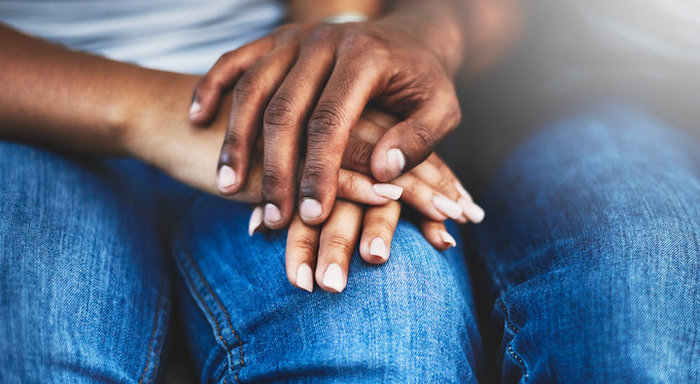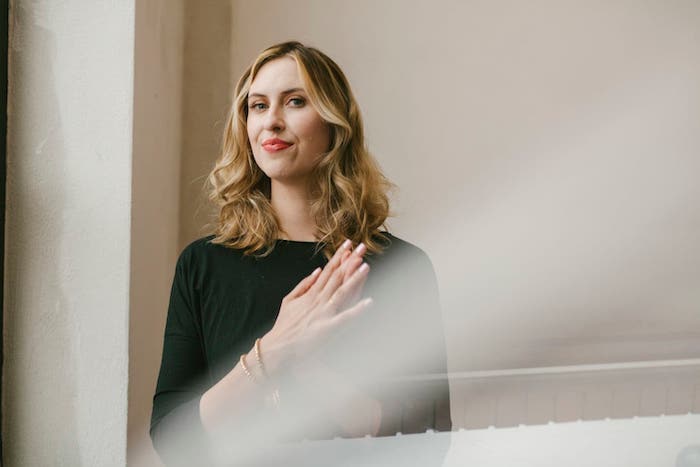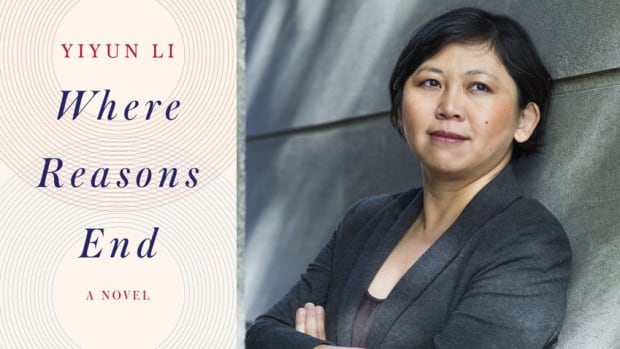It’s difficult explaining death to a child, especially the loss of a relative. You might have questions about how to begin the conversation, or you might feel uncertain about what to say.
Naturally, you want to protect your child from feeling the same pain you are experiencing, but it is crucial that you speak honestly and openly about the situation.
Helping your child understand grief and loss is best for their emotional health and well-being.
Explaining Death to a Child
Children might not understand that death is permanent. They may ask questions like, “When is Mommy coming back?”
Although it may seem gentler to use phrases such as “passed away” or “went to sleep,” it can be confusing. Try to say terms like “dead” or “died” to help them understand better.
Share basic facts when you feel it is appropriate to help settle a child’s curiosity about death. It’s important to answer questions your child has simply and directly, and it’s OK to admit that you don’t have all of the answers. Try to remain concrete in your explanation by saying something like, “a person’s body stops working when they die.”
Even though older children may understand death better than younger children, it may still be difficult for them to know how it could happen to someone so close to them. That’s when it is essential to explain that death is a natural part of everyone’s life cycle.
Differences in Bereavement by Age
Bereavement differs for everyone, but at specific developmental stages in a child’s life, it can look notably different.
- Babies/Toddlers: Although at this age, children might not have the language to say how and what they are feeling or have a complete understanding of death, they can still experience separation and loss. They may pick up on the distressful feelings of those around them.
- Preschoolers: Children at this age might find it hard to grasp that death is permanent. They need a lot of reassurance because they are at a stage of magical thinking. They may believe that someone will come back to life again or that they made the person die.
- Primary-School Children: At this age, children may still have some confused thoughts about death and may feel that is something temporary. They may also think that the person can still feel things like hunger or cold. They may ask direct questions about where the person is and what happened to them.
- Older Children: By this age, children know that death is not temporary. They are more aware of how adults and others are reacting to death, so it’s important to talk honestly about events and feelings. They need regular reassurance that their grief is understood.
- Adolescents: Teenagers may react like younger children or have reactions akin to those of an adult. They will probably want to spend more time with friends than with family for support. Their feelings may be overwhelming, and although they can appear to be fine, inside, they may be genuinely hurting or suppressing how they feel.
Emotions That Accompany Grief
There is no one right way to grieve. It’s common for children to express many emotions, just like adults, but they may express them differently.
They may feel shock, guilt, sadness, anger, anxiety, fear, loneliness, and helplessness. All of these feelings are normal. They may feel unpleasant, but they are all elements of the process of grieving.
It’s important to help your child accept how they are feeling and not push them away or deny their feelings. It’s painful to go through bereavement, but helping them connect with their emotions is a good step toward healing.
Ways to Help Kids Cope
Children need to know that they are not alone. Having support from family and friends and being able to talk to them can be very beneficial.
They may also need spiritual support if that helps them grieve better. You may want to seek counseling for your child to help them deal with their emotions and the loss.
Encourage children to read books or poetry when they are grieving. Motivate them to exercise, and make sure they are continuing to eat healthy foods. Allow them to take time to relax.
You and your child may need time away from work and school. Help your child to cope by engaging in social activities.
The most significant thing children can do to deal with death is to be patient with themselves and allow themselves to feel the emotions related to the loss.
Below are some helpful resources to assist with this very difficult matter.
- Helping Your Child Deal With Grief
- Grief on Sesame Street: Helping Children Understand and Mourn
- The Do’s and Don’ts of Talking With a Child About Death
- Seven Suggestions for Explaining Death to Children
- 64 Children’s Books About Death and Grief
- After a Loved One Dies
- A Child’s Concept of Death
- Explaining the Funeral to Your Children
- The Grieving Child
- Grief and Loss
- Helping Children Deal With Grief
- Coping With Grief
- Coping With Grief and Loss
- Bereavement Reactions by Age Group
- The Stages of Grief
- Grief: Understanding Your Emotions
- Managing the Intense Emotions of Grief
- Dealing With Grief: Confronting Painful Emotions
- Understanding the Stages of Grief
- Coping With Change and Loss
- Coping With Grief and Loss During the Holidays
- Coping With Loss
- Coping After the Violent Death of a Loved One
- Dealing With Death
- Tips To Deal With Death After A Loss
Complete Article ↪HERE↩!










